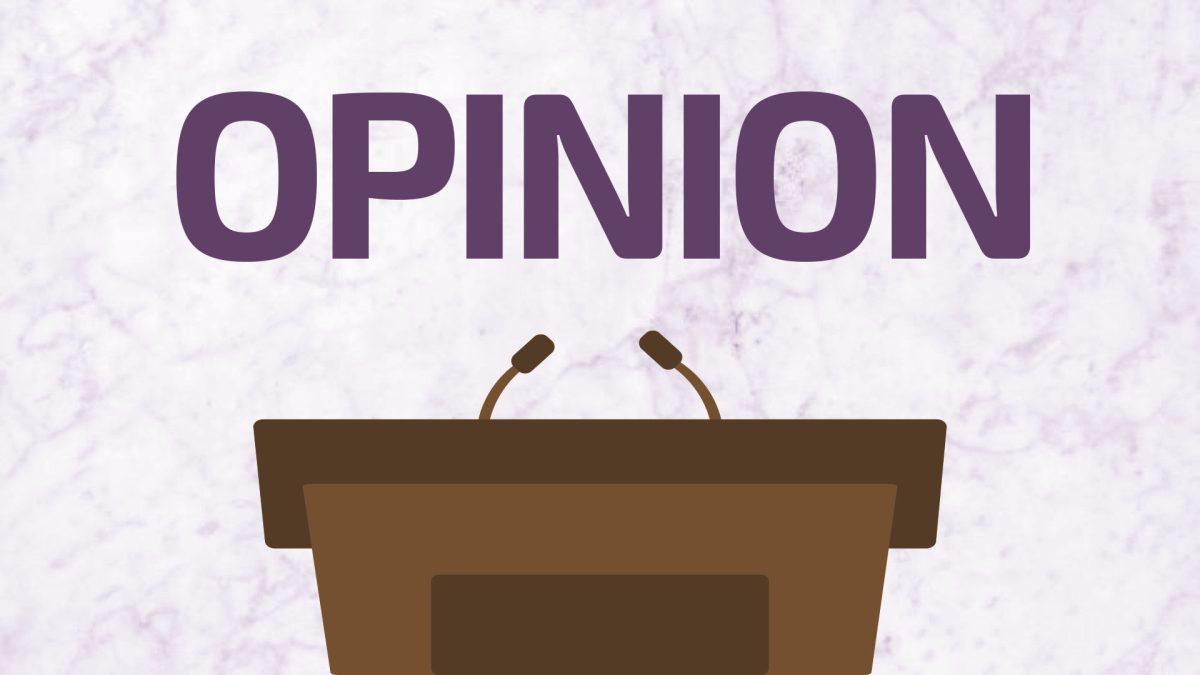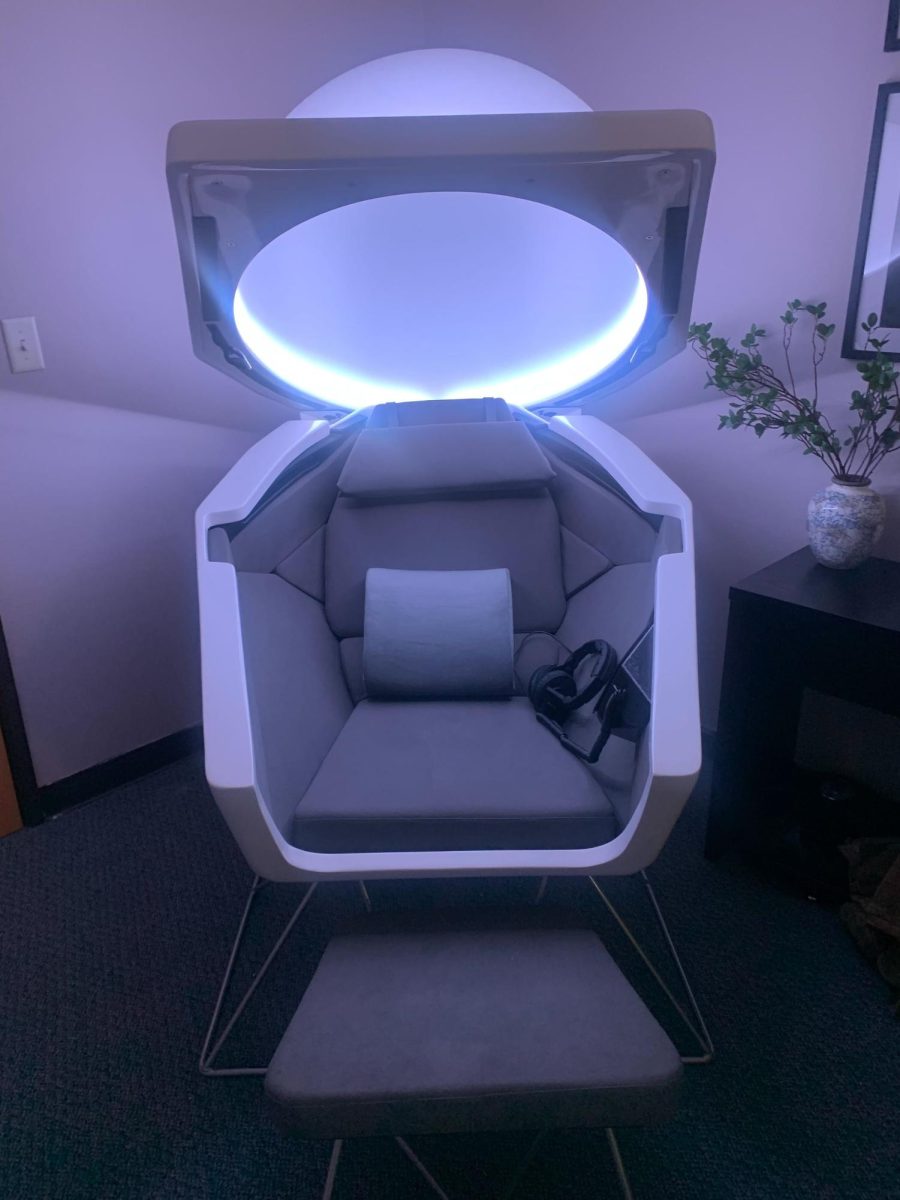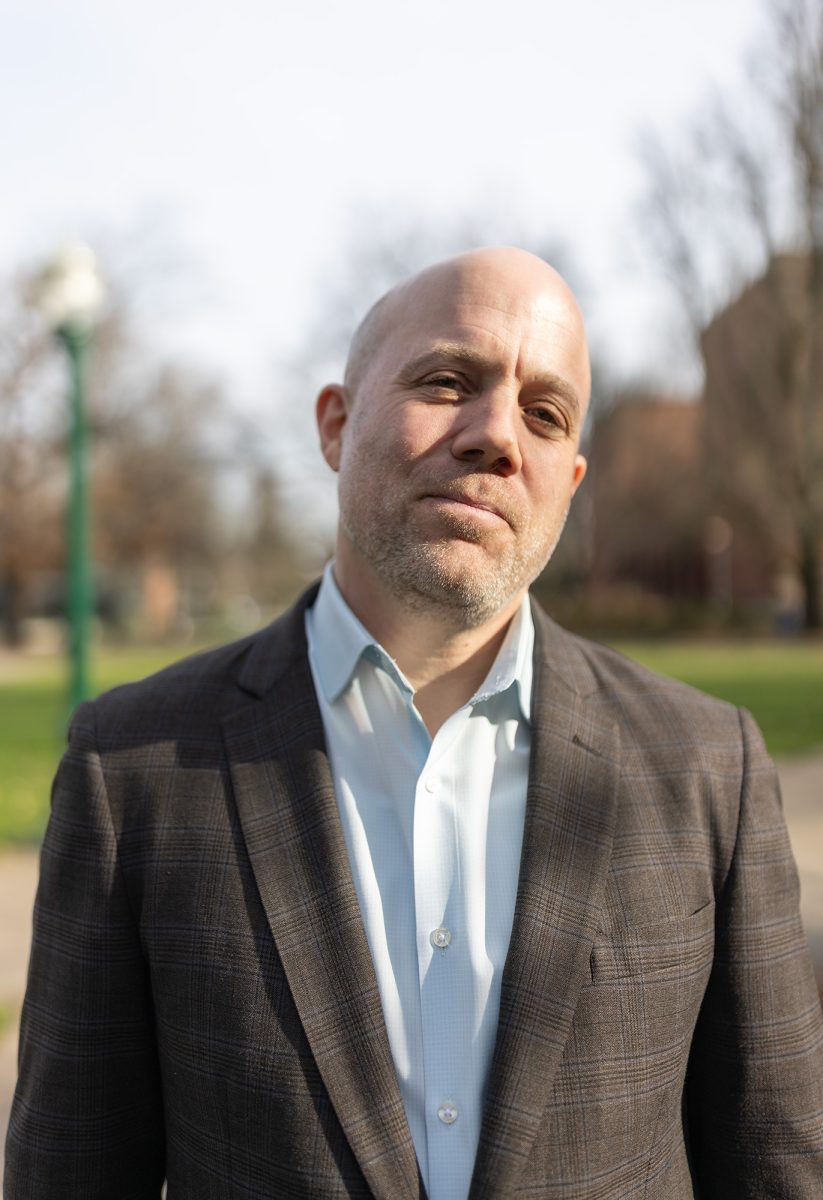When dissecting the inner workings of society, it is vital to search beneath the surface of appearance. Any institution can look well maintained, but an effectively working one is marked by the strength that accompanies giving attention to underdeveloped issues.
Journalist Isabel Wilkerson once compared America to an “old house” in reference to its caste system. The exterior is shiny and compelling. It looks well-maintained, however, no number of outside renovations can repair the foundation of a house that holds the issues which are currently being ignored. One of these issues that is prominent on college campuses is social mobility.
Social mobility is the civic potential to offer an escape from generational poverty. Socioeconomic status affects human functioning, mental and physical health and learning rates, according to the American Psychological Association. Financial aid alone will not give these individuals the support they need. Personal and professional aid are among the other necessary supportive functions the University of Oregon needs to focus on to ensure student success during and after college.
CollegeNET’s 2021 Social Mobility Index listed UO at No. 690 out of 1,550 national entries. Compared to other large state schools in Oregon, such as Oregon State University and Portland State University, UO ranks the lowest. This means students with low socioeconomic status have a harder time finding the resources they need to have a high graduation rate and professional success following their college careers. In 2014, only 48.5% of Pell Grant recipients at UO graduated within 4 years.
This is a trend we see across the nation. Often, the largest state schools are also those which score the lowest on social mobility, which surfaces the questions: Why do these large state schools suffer in their social mobility ranking and what can they do better?
Let’s look at UO specifically. Despite spending millions of dollars on marketing, UO’s target audience is stagnant and continues to cater to the privileged sectors of our society. Instead of being focused on broadening the diversity of the student body, their 2015 campaign highlighted historical UO achievements, resulting in a 0.6% difference in minority enrollment. While these campaigns give the university a shiny veneer, they do not fix the rotten guts in which it rests. They contribute to the grand marketing towards those with a higher socioeconomic status.
This direction of attention toward privileged members of society also manifests in tuition increases. Those who can afford it will pay what they must if it means having a more prestigious education.
While UO’s social mobility ranking is lower than many Oregon schools, in comparison to the 2020 rankings, its national placement has improved immensely. Some specific organizations and programs on campus help explain why.
UO TRIO Student Support Services is a U.S. Education Department program for first generation students, low-income students and students with documented disabilities. It helps students who have a hard time persisting in higher education.
“There are so many things that it is hard to know about when you are a first generation college student,” Tara Parrillo, director of TRIO Student Support Services at UO, said. “TRIO is like a pipeline program. It gives students resources for success during and after their time here.”
Social capital has a large impact on the success of students. It is much easier for a student to have connections to those who can offer professional aid when they come from a successful, highly educated family. “If you don’t have social capital, you are at a loss,” Parrillo said. TRIO, along with other on-campus resources such as the Holden Center, share assets with students who may not have help in the same way other students do.
“It is important to empower students,” Parrillo said. “It is important to help students know that there are people that care about them and their experience.” UO is a big institution, and it can often make students feel invisible. Parrillo wants her program to support and prepare students.
“It’s not just our job to get students graduated,” Parrillo said. “It is our job to get students to have a good life after college.”
Similar to Wilkerson’s metaphor, UO is its own “old house.” The outside is the seemingly constant fancy new campus renovations –– all of which stands on a foundation undermined by the university’s negligence of underprivileged, historically oppressed and race-class subjugated students. Flashy signs and buildings are unnecessary when foundational integrity is present, and a sturdy future includes caring for those who have previously been underserved.
Opinion: How well do we serve the underserved?
December 29, 2021
0
More to Discover
About the Contributor

Beatrice Byrd, Opinion Editor
Beatrice is the opinion editor for the Daily Emerald. She is a fourth-year student majoring in journalism and legal studies. In her writing for the Emerald, she has covered topics including social media, student representation and mental health.













